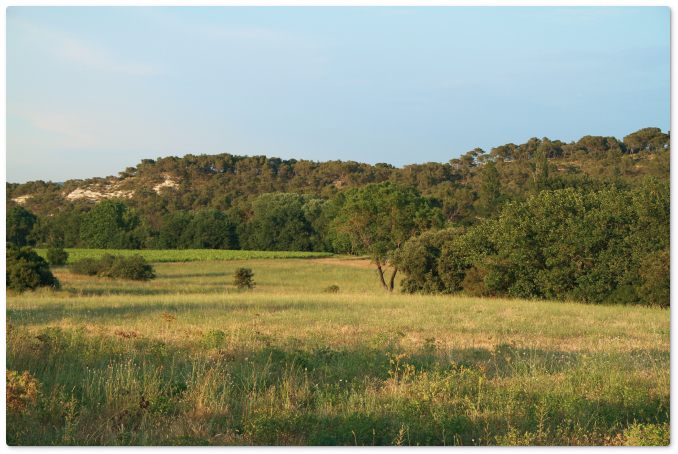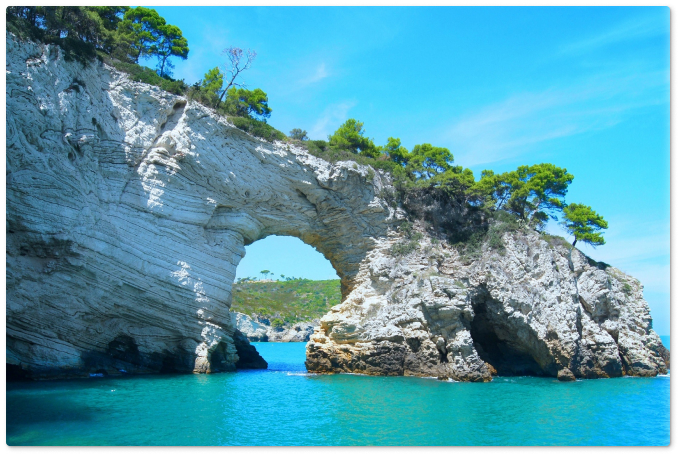Natura 2000 Biogeographical Process
Natura 2000 is a network of nature conservation sites across Europe: sites which provide homes to many wonderful plants and animals that are important for Europe’s biodiversity. However, in many sites, the habitats they depend on are threatened. The problems affecting Natura 2000 habitats and species are often complex and need to be proactively addressed, with solutions found by working together. The EU Biodiversity Strategy to 2030 calls for significant improvements in the conservation status of species and habitats protected under the EU Birds and Habitats Directives.
In 2012, the European Commission launched the Natura 2000 biogeographical process to help meet this target. This multi-stakeholder cooperation process includes seminars, workshops and cooperation activities aimed at enhancing the effective implementation, management, monitoring, financing and reporting of the Natura 2000 network at a biogeographic level. The process assists Member States and key stakeholders to manage Natura 2000 as a coherent ecological network.
Natura 2000 Biogeographical process Newsletters
The Biodiversity Strategy: pledge and review process
From mid-2021 onwards, the ongoing Natura 2000 biogeographical process was expanded to include work done under the Strategy, and in particular the pledge and review process for targets for improving conservation trends for protected species and habitats, as well as for the targets on terrestrial protected areas (the latter are covered by a separate Guidance note).
The Commission’s tentative planning for undertaking work under this process is divided into three steps for each biogeographical region. In step 1 there were virtual introductory meetings, to agree on the time planning for the next steps and clarify what Member States are expected to submit in terms of pledges and how these should be submitted. After these initial meetings, each Member State was expected to submit a first draft of their national pledges including the following:
- a preliminary list of species and habitats for which they intend to achieve a strong positive trend by 2030, covering to at least 30% of all species and habitats not currently in favourable/secure status;
- an explanation on the criteria that have been used for selecting the species and habitats on the list;
- the measures they intend to put in place to ensure the achievement of the strong positive trends for each of the species and habitats on the above list;
- the measures they intend to put in place to avoid deterioration for all other species and habitats not on the list.
In step 2, between 2023 and June 2024, face-to-face biogeographical region-level seminars have been taking place, to discuss and review the initial pledges made by Member States. National pledges may then be reviewed on the basis of the conclusions of those meetings, for example to ensure that any need for transnational coordination is appropriately covered by the national targets.
In step 3 of the biogeographical process, one virtual meeting will take place to assess implementation in view of an interim evaluation of progress.
You can keep updated with the progress of pledges on both the terrestrial and marine regions by checking this website at any time.
Latest Announcements
- Find all of the historical BGP documents and related content via our knowledge database page
- Find and promote best practices in Natura 2000 here.
- Find related documents, handbooks and other useful materials in our online library
Keep updated with the latest BGP news on Twitter by following our terrestrial and marine accounts.
NatureBureau host this information relating to the process, on behalf of the European Commission.


